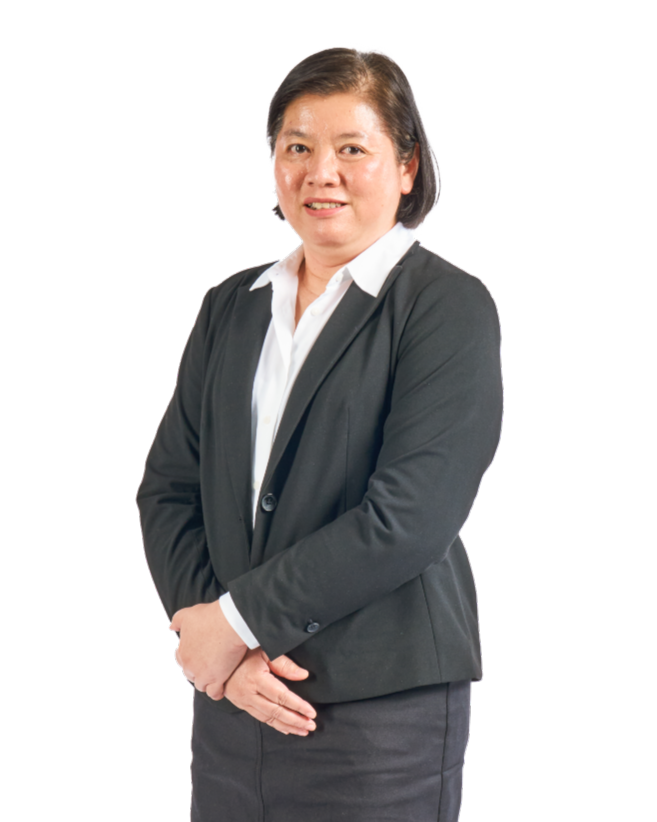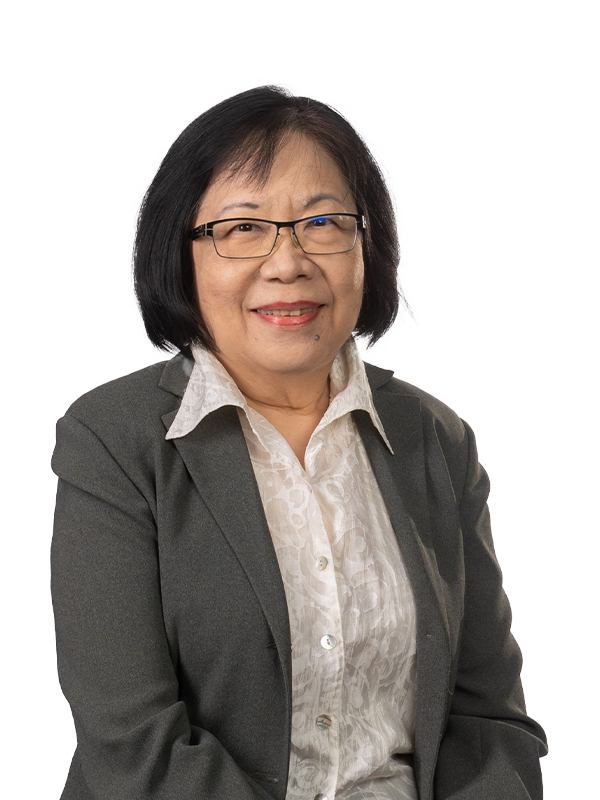.jpg)
A cancer diagnosis can be overwhelming, but today there is more reason for hope than ever before. Advances in medical science have transformed what was once a devastating illness into one where survival and recovery are increasingly possible. At the heart of this progress is technology that not only delivers new treatments but also help doctors make the right diagnosis from the very start.
Malaysia faces a significant and escalating cancer burden. The lifetime risk has risen to one in eight, projecting that one person in every eight may be diagnosed with cancer by the age of 75. This increase is mirrored in the overall caseload, which has more than doubled between 2006 (21,773 cases) and 2025 (56,932 cases). Crucially, the latest reports indicate that the majority of cases are still caught too late, with 65.1% now detected at Stage 3 or 4 (an increase from 63.7% previously).
The first step in treating cancer is often the most critical. When a patient is suspected of having blood cancer, doctors must determine the exact type and severity of the disease. The difference between one subtype and another can completely change the course of treatment. A correct diagnosis at the start ensures the patient receives the most effective therapy, while a wrong or delayed diagnosis could cost valuable time.
“Getting it right the first time is crucial,” emphasised Dr Tan Sen Mui , Consultant Haematologist at Subang Jaya Medical Centre (SJMC). “The tools we have today allow us to see deeper into the disease than ever before, so we can choose treatments that are best suited for each individual.”
While traditional methods like blood tests and microscopic examination remain important, modern technology offers far greater precision. In earlier decades, doctors relied mainly on these basic checks; today, they are complemented by sophisticated molecular tools.
For instance, techniques can now identify whether cancer cells are of B-cell or T-cell origin. More critically, cytogenetic testing and next-generation sequencing (NGS) allow doctors to detect specific gene mutations and chromosomal abnormalities, which not only confirm the malignancy type but also provide critical prognostic information and target treatment.
Imaging modalities such as PET-CT and MRI scans as well as specific tumour markers further refine by enabling precise identification of disease subtypes such as diffuse large B-cell lymphoma, mantle cell lymphoma, or FLT3-mutated acute myeloid leukaemia. This level of diagnostic precision ensures that patients receive more accurate risk stratification and individualised management plans.

“Getting it right the first time is crucial,” emphasised Dr Tan Sen Mui.
Precision Medicine in Action
Dr Tan shared the case of a 29-year-old man who first came in simply complaining of lower back pain. Although his initial blood work looked nearly normal, it hinted at an underlying issue. A follow-up blood smear revealed the presence of abnormal, immature cells, leading to a bone marrow biopsy that strongly suggested Acute Myeloid Leukaemia (AML).
Since traditional genetic tests didn't reveal any major chromosomal clues, she turned to next-generation sequencing (NGS). This step confirmed the AML diagnosis but also identified a key genetic flaw, the FLT3-ITD mutation. This vital information did more than just finalise the diagnosis; it provided clear, personalised targets for his treatment.
At a leading tertiary hospital with a comprehensive one-stop cancer centre like SJMC, NGS testing is supported by a team of pathologists and laboratory specialists who work closely with haematologists, oncologists, surgeons and other cancer specialists in multidisciplinary tumour boards. This team-based approach ensures every patient benefits from comprehensive, state-of-the-art diagnostics and a tailored management plan. Most importantly, it provides timely access to accurate diagnosis and precision medicine that specifically targets cancer mutations—leading to better outcomes and fewer side effects.
Beyond Adult Cancers: A Lifeline for Children
Dr Chan Lee Lee , Consultant Paediatrician & Paediatric Haematologist–Oncologist at SJMC, stressed that these advances are transforming outcomes for children as well. “Technologies like NGS have enabled us to diagnose childhood cancers with greater accuracy and intervene much earlier,” she said.
Cancer remains a formidable challenge, but with the innovations, it is no longer the hopeless fight it once was. “Today, childhood cancer is highly treatable, and with the right care, many children go on to live full and healthy lives,” shared Dr Chan. “In the late 1960s, children diagnosed with acute lymphoblastic leukaemia (ALL) had survival rates below 20% within five years of diagnosis. By the 1990s, survival rates had risen above 80% and today, cure rates for ALL have reached more than 90%.”
“With treatment options available at high cure rates, early and accurate intervention is crucial and can make all the difference. Parents are encouraged to seek timely medical care and ensure their children receive the full support they need. Every child’s case is unique, which is why treatment plans are carefully tailored to their individual needs. Depending on the diagnosis, this may include a combination of chemotherapy, surgery, radiation therapy, or transplantation,” she added.

"Today, cure rates for ALL have reached more than 90%," said Dr Chan Lee Lee.
The Future of Cancer Care
Cancer care is moving from a “one-size-fits-all” approach to a highly personalised, precision-based model designed specifically for each patient's unique disease. Though chemotherapy continues to be used, there has been a remarkable shift towards targeted and immune-based therapies.
“The rise of targeted therapy, immunotherapy, CAR T-cell therapy, and stem cell transplantation offers targeted alternatives with less toxicity. These innovations bring real hope to patients and families, and their success depends on an accurate diagnosis from the very start,” Dr Tan said.
Looking ahead, innovations such as AI-assisted diagnostics, digital pathology, and broader access to genetic testing are expected to further transform cancer care in Malaysia. SJMC is actively exploring these technologies to continue advancing precision medicine and improving accessibility for more patients.
Cancer remains one of Malaysia’s greatest health challenges, but the landscape is shifting. Breakthroughs in medicine and early, accurate detection are transforming cancer care—ensuring the right treatment at the right time, and paving the way for more patients to not only survive but truly thrive.
As Dr Chan put it: “With accurate, timely diagnosis, we are giving patients not just treatment — but the best chance at life.”
Source: OVA
